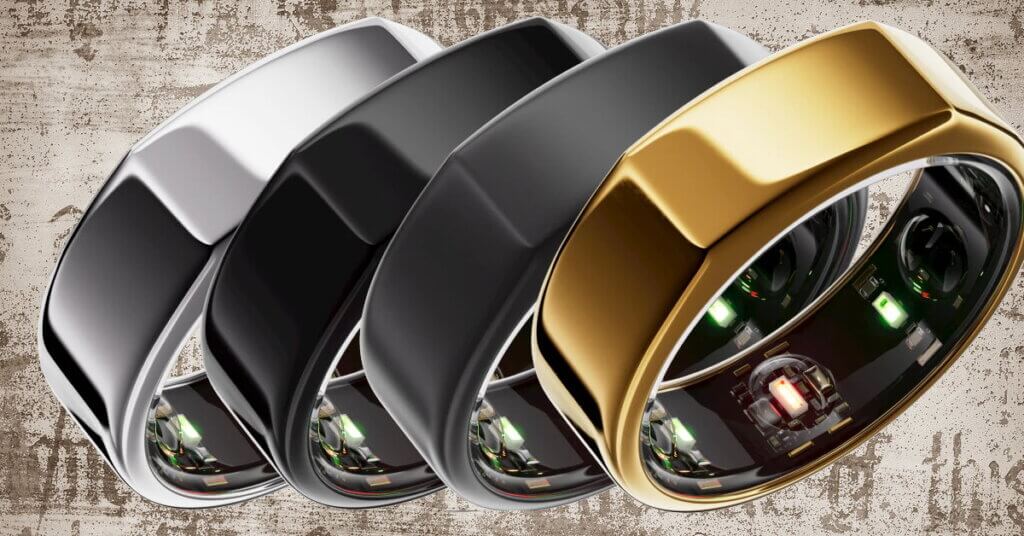The Oura Ring 3 is made of titanium and is available in four different colors, silver, black, stealth, and gold. There are a couple of things to consider when choosing a color for your new ring or if you just want a good Oura ring color comparison.
The Best Oura Ring Color
The Oura is meant to be used 24/7, having the ring on you at all times during the day to get the most accurate readings and recommendations. As the Oura ring has a titanium base and the color, except silver, is a PVD coating on top they will have the risk of scratching. Are you planning to use the ring and have a work/hobby that increases the risk of wear it’s recommended to use the base silver version.
The scratch and wear will dull the base but still not be as pronounced as silver lines on a black surface.

It’s not only the Oura ring that may get scratched it can be the source of scratching softer metals in jewelry or other objects like phones. Materials prone to damage are gold, silver, aluminum, and plastics.
Two Different Black Finishes, Black And Stealth
The difference between the black and stealth Oura ring is the more exclusive finish. The manufacturing process for the stealth black material requires more work with additional layers and increased precision. As a result, the stealth model has a slightly higher price compared to the regular black. All rings have the same features and performance capabilities.
How To Protect The Ring From Scratches
There are silicone sleeves like the Ringwrapper that you put over your ring in certain situations that risks you from damaging the ring. This could be training like weight lifting or everyday tasks like cooking and dishwashing. The downside is that the sleeve doesn’t look that great, still, it will protect the ring from scratch.
If you got the silver color, then you can polish the Oura ring to get the shine back on the titanium.
Physical Vapor Deposition Coating
Physical Vapour Deposition (PVD) coating is a thin-film coating done by having a solid material vaporized in a vacuum and then deposited onto the surface of a part. The benefits of the PVD are that it can provide good protection from daily cleaning without having a clear coat layer as more traditional electroplating. The coating is harder and more corrosion-resistant than the electroplating process still there is a risk of scratch or abrasive wear on the top layer.


